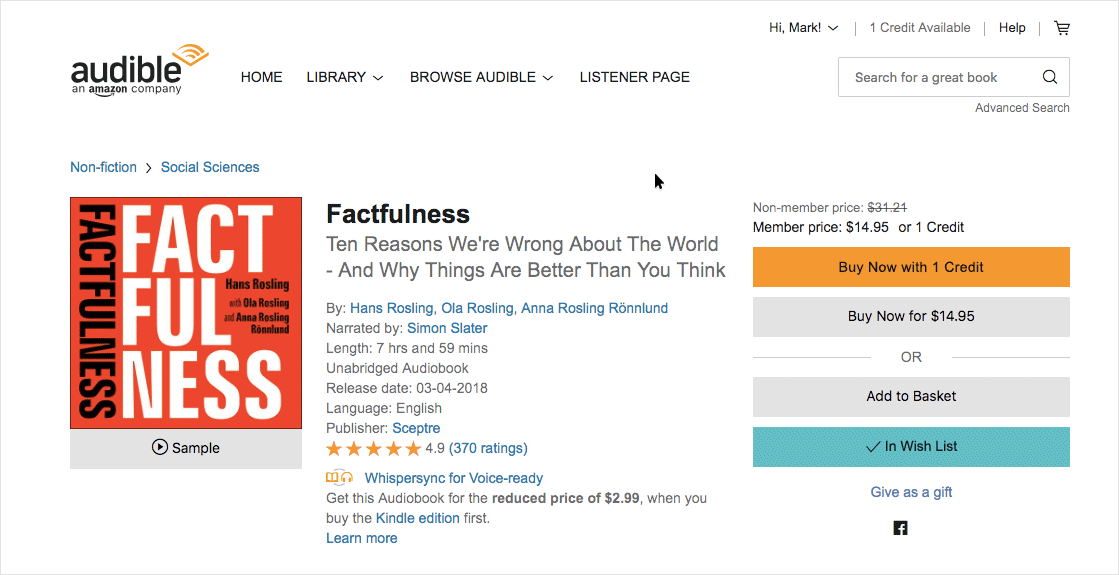When can Friction be a Good Thing?

In her recent presentation at PauseFest, Laura Ryan, the director at the design agency Mentally Friendly, presented her five step framework for designing for wellbeing.
Often, when we design new experiences, we look to automate any friction points and make the experience as smooth as possible. In the tech and design world, friction is a dirty word. Anything that's described as having 'friction' is immediately deemed as a failure, or something that needs improving.
Ryan argues that designers should balance product automation with human control and suggests that more care needs to be taken about the type of friction that is being encountered. Is it positive or negative?
Feel the friction
Negative friction can occur when a simple process takes too long, or is too confusing. This is the type of friction that designers need to remove - by making things simple and clear helps people to understand what's going on. An absence of negative friction streamlines our processes by removing the need to think about our actions.
Positive friction introduces a small moment of mindfulness into the process. An example of this could be when you tap 'Close' on an application - the interface stops you to ask 'are you sure?' Positive friction stops the user and makes them consider what is going to happen next.

Are you sure you're sure?
Don't touch the sides
When a customer goes through the process of applying for a product or signing up for a service (also known as on-boarding), the process is designed to be as frictionless as possible.
Any point where the user could think of something else or potentially opt-out needs to be removed. We've simplified the language in each step of the process, and provided visual cues to help the customer navigate (as per our human design credentials).
We've designed this process to get the customer to on-board - but we've failed to design for any self-reflection about the product or any cosideration of the product's impact.
Humanise the human-centred experience
This leads back into another point from Ryan's presentation, where she stated that human-centred processes don't guarantee well-being outcomes. Just because we've designed this tool or form to play nicely with our brains, doesn't mean we've made an experience that's good for our wellbeing.
Digital interfaces and platforms are designed for humans, but often remove all the friction (both positive and negative) from the processes that they allow us to do. This can detach us from our actions, limiting their impact. While we don't need to feel something every time we select a film from our Netflix queue, we should have an idea of what's going on each time our Netflix subscription fee leaves our account.
What's required is balance. Negative friction should be addressed to give the user a good experience. As a part of that good experience, designers should look for relevant points of positive friction. Where in this workflow can we alert users to something happening that could affect them? Should we give them more control over this situation?
By re-introducing some positive friction into interfaces and platforms, we're able to make our users connect with their actions. Through this connection, we establish a sense of control and order into our users lives, ultimately contributing to better wellbeing.

